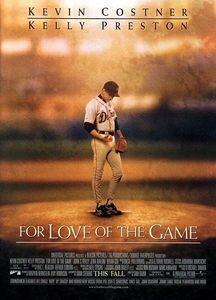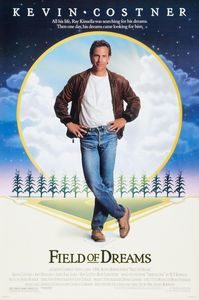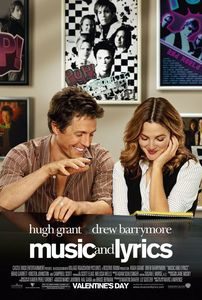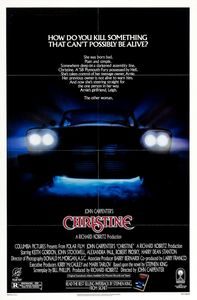The Family Fang (2015)
(On Cable TV, June 2017) I watched The Family Fang based on the cast (Jason Bateman, Nicole Kidman, Christopher Walken, Kathryn Hahn, directed by Bateman) having not heard of the film before seeing it show up on the cable TV line-up. As it turns out … there’s a reason why I haven’t heard of it until now—it’s surprisingly boring. For a film revolving around a family of performance artists putting up elaborate hoaxes (and what happens to their kids once they’re grown up), The Family Fang seems singularly irksome. It’s certainly uncomfortable, plays around with the reality of what the characters know but ultimately becomes unsympathetic and needlessly contrived. Maybe the source novel is better … but the film itself gets barely more than a shrug. Bateman, Kidman, Walken and Hahn are fine enough—they’re roughly playing their screen persona, after all. But the film’s rhythm is slack, the subject matter is meant to be off-putting and the performance-art aspect of the story seems to belong better in the YouTube generation than back in the eighties. The Family Fang should have been a delight, but it ends up a chore to watch. Comparisons with Bad Words suggest that Bateman-as-director is interested in deliberately obnoxious subject matter … we’ll see how that plays out for him.














